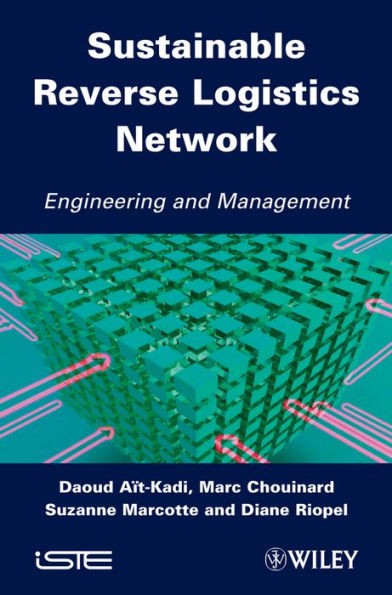The objective of this book is to supply an educational tool for engineering schools, as well as a management tool for the efficient implementation of the reverse logistics function. It brings together the knowledge acquired by the scientific community. Even if reverse logistics has been the subject of several books over the past few years, very few theories have been developed and the subject is far from being exhausted. This book proposes generic concepts and processes that can be adapted to all businesses producing goods and services and which aim to integrate reverse logistics. These processes will enable us to shed light on their complexity and to take into account all the important variables.
The objective of this book is to supply an educational tool for engineering schools, as well as a management tool for the efficient implementation of the reverse logistics function. It brings together the knowledge acquired by the scientific community. Even if reverse logistics has been the subject of several books over the past few years, very few theories have been developed and the subject is far from being exhausted. This book proposes generic concepts and processes that can be adapted to all businesses producing goods and services and which aim to integrate reverse logistics. These processes will enable us to shed light on their complexity and to take into account all the important variables.

Sustainable Reverse Logistics Network: Engineering and Management
240
Sustainable Reverse Logistics Network: Engineering and Management
240
